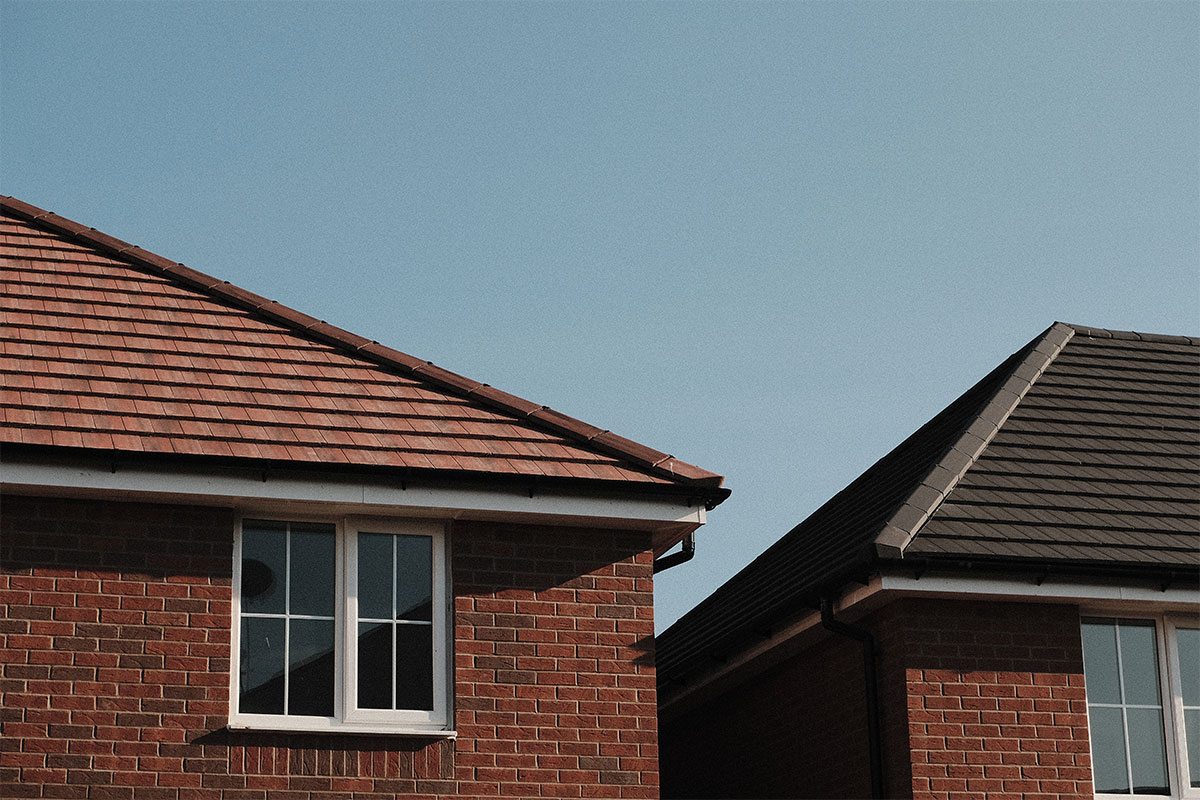
More and more new build development sites are being built up and down the country, especially in Hampshire, Dorset, and Poole. In fact, between April 2021 to March 2022, 38k more new builds started on site and 37k properties have been completed nationwide.
New build developments aren’t usually renowned for their generously thought-out gardens and new build garden design can be a tricky process. The first, and one of the best things that you can do, and this might sound weird but wait. Wait to see how the garden responds to the weather as well as the suns orientation. Discover which areas are most affected by the rain and where the sun hits during morning, noon, and night. By doing this, the garden will dictate to you where designated areas should be placed.
If your new build garden is in the sun for 6 or more hours, then this is considered full sun with anything between 4-6 hours is partial sun. This doesn’t have to be consecutively; it could mean a few hours in the morning and afternoon.
The other best thing that you can do is engage with a qualified landscape and garden designer like us to come out and assist you and your new build garden. We are trained in how to get the most out of your space whilst making it practical and sticking to your budget.
A big, and common issue when it comes to new build garden design is the quality of soil. As plants people, we want to be able to give the plants a good and healthy start and this all begins with the soil. Typically, the soil that you will adopt will be very low quality, provides lack of nutrients and full of rubbish.
Once your areas have been defined, start on the hard landscaping. Everyone wants to jump into planting but trust us it is always easier to get the hard landscaping done first. Especially if you are beginning during the winter as this will provide you with a solid base to walk on. This can either be paved paths and patios, gravel areas and even stepping stones.
To get started on your soil, start to dig over the planting areas with a fork once this has been completed start to add manure as this will help to add nutrients and microorganisms to the existing soil. Once this is completed, top dress the planting beds with growing media or compost to further help the soil.
Plant selection is going to be carefully thought about. The chances of your garden being overlooked by your neighbours, this means that screening is going to be a priority. This can be achieved through creating different zones in the garden with screening plants. Pleached trees and standard trees along the boundary and throughout the garden will also help achieve this although these can be rather costly.
Plant during the Autumn and Spring months as you will spend a lot less time watering and reducing the risk of the plants dying. Biodiversity is vitally important in any size garden. It doesn’t matter if you have a small garden or large landscape, attracting wildlife into any garden, in my opinion is a must.


